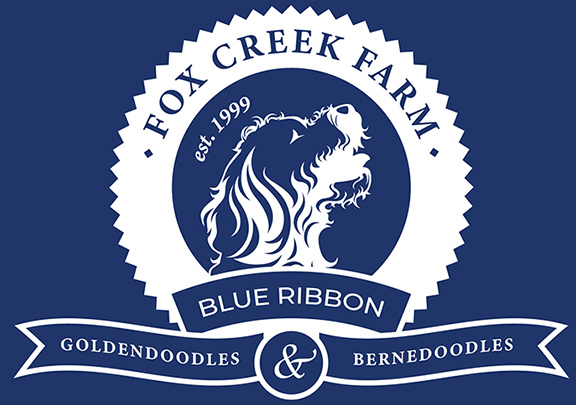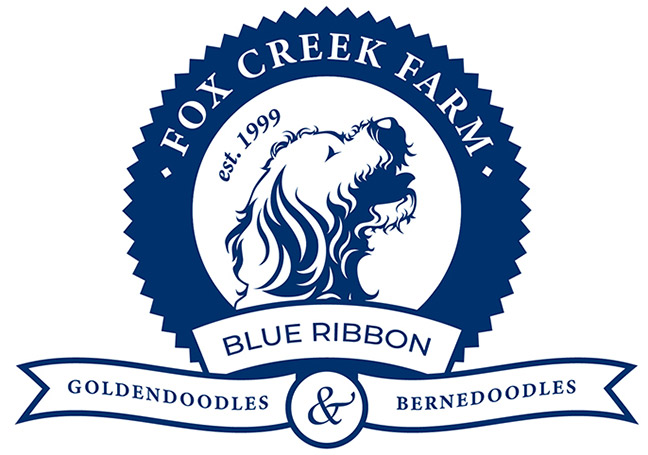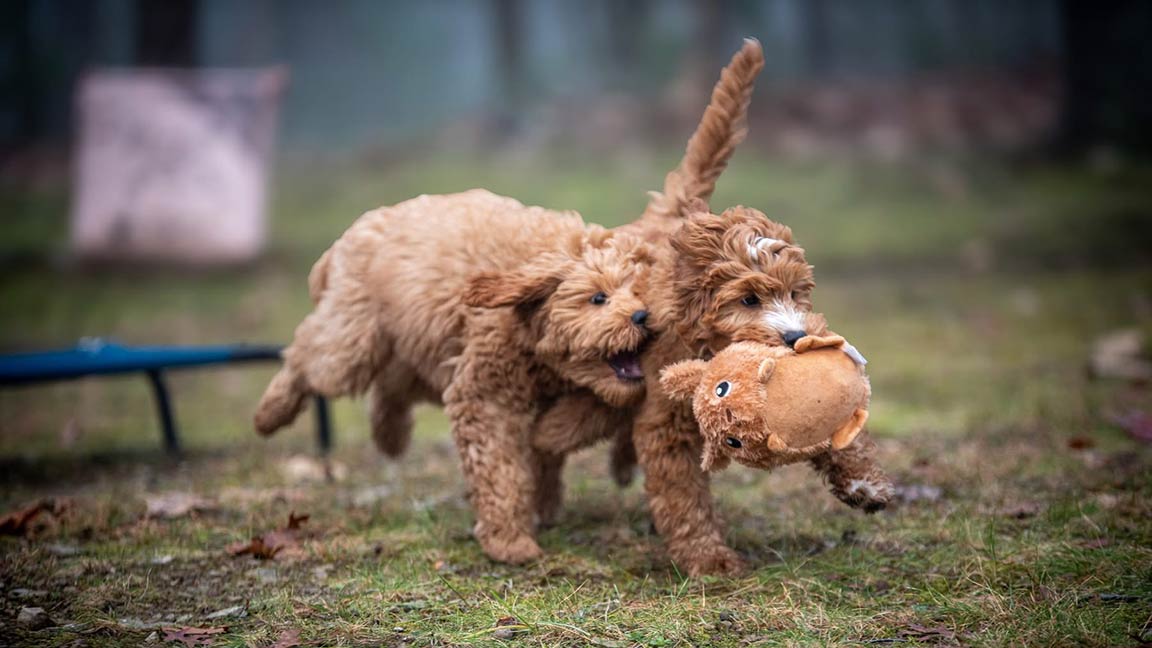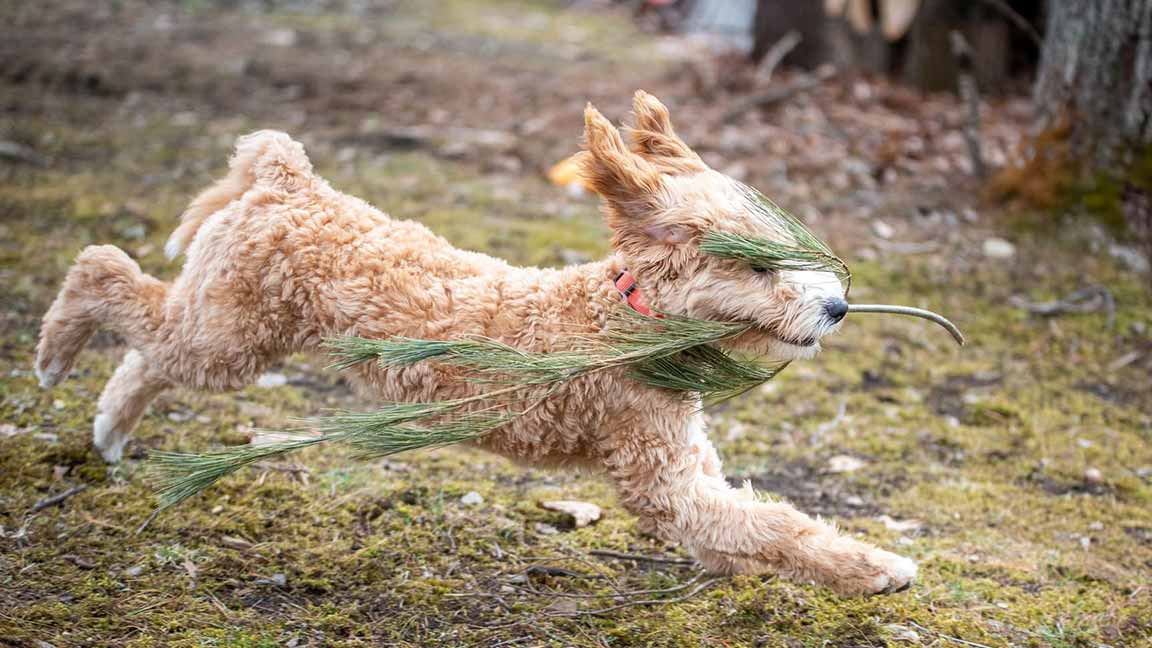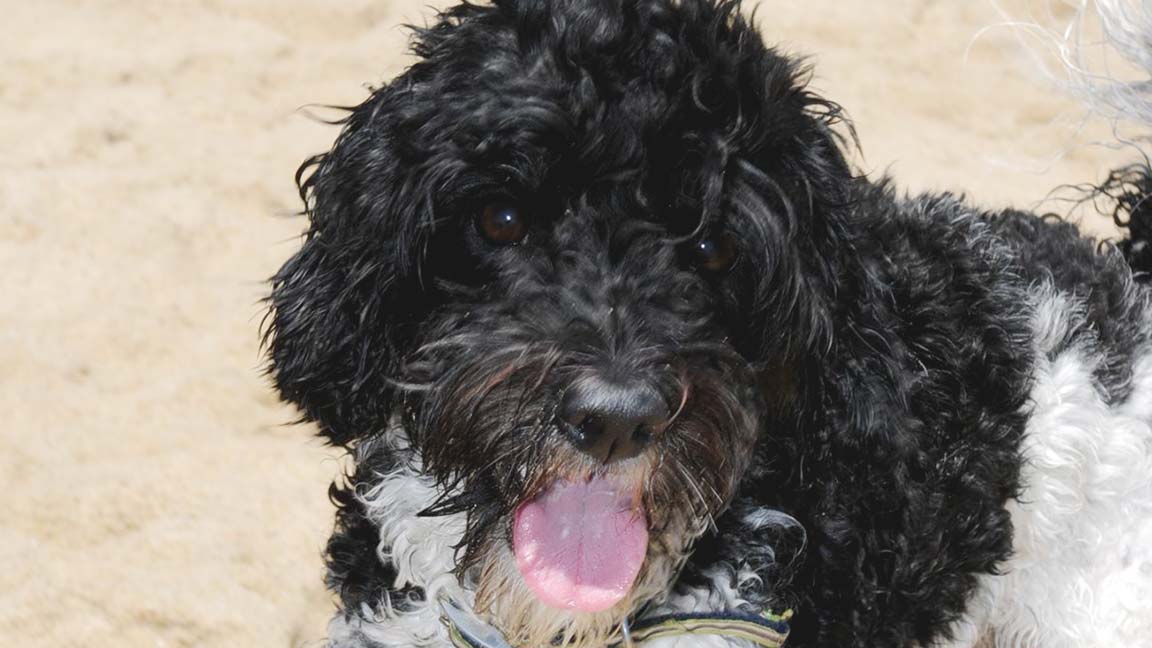
Black and White Goldendoodles: Answering 12 Main Questions
Ever wondered what’s the deal with those adorable black and white fluff balls you keep seeing at the dog park? Yep, we’re talking about black and white Goldendoodles. If you’re thinking about getting one or just curious about these pups, you’ve come to the right place. Let’s dive into 12 things you should know about these charming canines.
1. What exactly is a black and white Goldendoodle?
First things first – what are we dealing with here? Black and white Goldendoodles are a mix between a Golden Retriever and a Poodle, with a coat that’s, you guessed it, black and white. They’re part of the broader Goldendoodle family, which comes in a variety of colors. But there’s something special about that striking black and white combo, right?
2. What are black and white Goldendoodle personalities like?
Wondering what kind of temperament these pups have? Well, Goldendoodles, including the black and white variety, are known for being friendly, smart, and energetic. They often inherit the best traits from both parent breeds – the loving nature of Golden Retrievers and the intelligence of Poodles.
But here’s the thing: every dog is unique. Your black and white Goldendoodle might be a total goofball or a bit more chill. It depends on their individual personality and how you raise them.
 3. How big are black and white Goldendoodles?
3. How big are black and white Goldendoodles?
When it comes to size, black and white Goldendoodles can be all over the map. You’ve got your petite versions that might weigh around 10-25 pounds, all the way up to standard sizes that can hit 50-90 pounds. It’s like a box of chocolates – you never know what you’re gonna get (except it’s puppies, not chocolates).
If you’re living in a small apartment, you might want to lean towards the petite or mini end of the spectrum. But if you’ve got a big backyard and love the idea of a larger dog, a standard black and white Goldendoodle could be your new best friend.
4. What are black and white Goldendoodle coats like?
Now, let’s talk about that fabulous black and white coat. It’s not just for looks – it can actually vary in texture too. Some black and white Goldendoodles have more of a wavy coat, while others are curlier. And yeah, they can shed, but usually not nearly as much as a purebred Golden Retriever. Working with a professional breeder with knowledge of genetics can even lead to a non-shedding black and white Goldendoodle!
Here’s the kicker though: that gorgeous coat needs some TLC. We’re talking regular brushing to prevent matting, especially if your pup has a curlier coat. So, if you’re not up for some grooming sessions, you might want to think twice.
5. How to properly exercise black and white Goldendoodles
Black and white Goldendoodles, like all Goldendoodles, are pretty energetic. They’re not couch potatoes by any means. These pups need regular exercise to keep them happy and healthy. We’re talking daily walks, playtime, and maybe even some doggy sports if you’re feeling adventurous.
But it’s not just about physical exercise. These smart cookies need mental stimulation too. Puzzle toys, training sessions, or even a game of hide-and-seek can keep their minds sharp and prevent boredom (which, trust me, you want to avoid unless you’re a fan of chewed-up shoes).
6. How do I train my black and white Goldendoodle?
Good news for first-time dog owners: black and white Goldendoodles are typically pretty easy to train. They’re smart and eager to please, which is a winning combination when it comes to learning new tricks or commands.
But here’s a pro tip: start early. Puppyhood is the perfect time to lay down the groundwork for good behavior. And remember, positive reinforcement is key. Treats, praise, and lots of patience will get you much further than harsh words or punishment.
7. Keeping black and white Goldendoodles healthy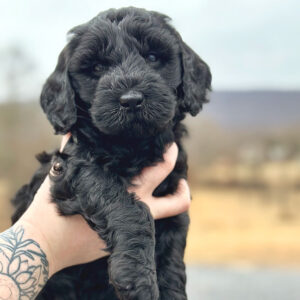
Like all dogs, black and white Goldendoodles can be prone to certain health issues. Some common
concerns include hip dysplasia, eye problems, and skin allergies. It’s not all doom and gloom though – many Goldendoodles live long, healthy lives.
The key is to get your pup from a reputable breeder who does health screenings on their breeding dogs. And of course, regular vet check-ups are a must. Prevention is better than cure, right?
8. Are black and white Goldendoodles allergy friendly?
One of the big selling points of Goldendoodles, including the black and white variety, is that they’re often touted as hypoallergenic. But let’s set the record straight: there’s no such thing as a completely hypoallergenic dog.
That said, many people with mild to moderate dog allergies find they can tolerate Goldendoodles better than other breeds. It’s all about the Poodle genes – they tend to shed less and produce less dander. But if you’ve got severe allergies, it’s best to spend some time with a Goldendoodle before committing to bringing one home.
9. How should I socialize my black and white Goldendoodle
Black and white Goldendoodles are typically social creatures. They often get along well with other dogs, cats, and even kids. This makes them great family pets. But remember, early socialization is key. Expose your pup to different people, animals, and situations when they’re young to help them grow into well-adjusted adults.
Just keep in mind that every dog is an individual. Some might be more outgoing, while others could be a bit shy. It’s all about understanding your dog’s personality and working with it.
10. How much do black and white Goldendoodles cost?
Let’s talk money. Black and white Goldendoodles, like other Goldendoodles, aren’t usually the cheapest pups on the block. Prices can vary widely depending on the breeder, location, and whether you’re going for a mini or standard size.
You’re looking at anywhere from $1,500 to $5,000 or more for a black and white Goldendoodle puppy. And that’s just the upfront cost. Don’t forget about ongoing expenses like food, vet bills, grooming, and toys. Owning a dog is a financial commitment, so make sure you’re prepared.
11. What are the genetics of black and white Goldendoodles?

Ever heard of F1, F1b, or F2 Goldendoodles? These terms refer to the generation of the mix. An F1 is a first-generation mix (50% Golden Retriever, 50% Poodle), while an F1b is a backcross (usually 75% Poodle, 25% Golden Retriever).
Why does this matter for black and white Goldendoodles? Well, it can affect things like coat type, size, and even the likelihood of the black and white coloration. F1b and later generations are more likely to have the genetic makeup to be parti colored. Parti means more than 50% of the body is white and the remaining portions are a solid color other than white, in this instance, black. F1’s cannot be parti, but can have abstract white markings. Abstract is when the body is a solid color and there are white markings such as paws, chest, or a stripe between the eyes. Black and white Goldendoodles can be parti or abstract.
12. How do I know if I am ready to commit to a Goldendoodle?
Last but definitely not least, let’s talk about the big C: commitment. Black and white Goldendoodles, like all dogs, are a long-term commitment. We’re talking 10-15 years on average. That’s a lot of walks, belly rubs, and vet visits, most of all it’s a lot oflove.
These pups thrive on attention and companionship. They’re not the kind of dog you can leave alone for long periods. If you work long hours or travel a lot, you might need to think about doggy daycare or a pet sitter.
But if you’re ready for the commitment, a black and white Goldendoodle can be an amazing addition to your life. They’re loyal, loving, and always up for an adventure. Just be prepared for lots of attention when you’re out and about – these striking pups tend to turn heads!
So, there you have it – 12 things you should know about black and white Goldendoodles. Whether you’re seriously considering getting one or just satisfying your curiosity, hopefully this gave you a good overview of what these pups are all about.
Remember, every dog is unique, and while these points apply to many black and white Goldendoodles, your experiences may vary. The most important thing is to do your research, be prepared for the responsibility, and if you do decide to bring one of these charming pups into your life, get ready for lots of love, laughter, and a lot of puppy kisses.

Frequently Asked Questions
- Are black and white Goldendoodles rare?
Black and white goldendoodles aren’t the most common color combo, but they’re not super rare either. You might have to search a bit more to find one compared to solid-colored goldendoodles, but they’re definitely out there.
- How big do black and white Goldendoodles get?
It varies! Mini black and white Goldendoodles usually weigh between 26-35 pounds, while standard sizes can reach 50-90 pounds. Their size depends on the Poodle parent (toy, miniature, or standard), or if a multigen, the genetics of its ancestors.
- Do black and white Goldendoodles change color?
Sometimes, yeah. Puppies’ coats can lighten or darken as they grow. Black parts might fade to gray or silver, and white areas could gain ticks of the darker color. But major color changes aren’t super common.
- How much do black and white goldendoodles cost?
You’re looking at anywhere from $1,500 to $5,000 or more, depending on the breeder, location, and size. Remember, that’s just the initial cost – factor in ongoing expenses too.
- Are black and white Goldendoodles hypoallergenic?
No dog is 100% hypoallergenic, but black and white Goldendoodles can be a good choice for some allergy sufferers. They often shed less and produce less dander than many other breeds, thanks to their Poodle genes.
- How often should I groom my black and white Goldendoodle?
Regular brushing (2-3 times a week) is a must to prevent matting. Professional grooming every 6-8 weeks is typical. The curlier the coat, the more maintenance it needs.
- Are black and white Goldendoodles good with kids?
Generally, yes. They’re often patient and playful, making them great family dogs. But always supervise interactions between dogs and young kids, and teach both how to respect each other.
- How much exercise do black and white Goldendoodles need?
They’re pretty energetic! Aim for at least an hour of exercise daily. This could be walks, playtime, or doggy sports. Mental stimulation through training or puzzle toys is important too.
- Do black and white Goldendoodles bark a lot?
It depends on the individual dog and their training. Goldendoodles aren’t known for excessive barking, but they can be vocal if bored or anxious. Early training can help manage barking habits.
- What health issues are common in black and white Goldendoodles?
Like all Goldendoodles, they can be prone to hip dysplasia, eye problems, and skin allergies. Getting your pup from a reputable breeder who does health screenings can reduce these risks. Regular vet check-ups are important too.
